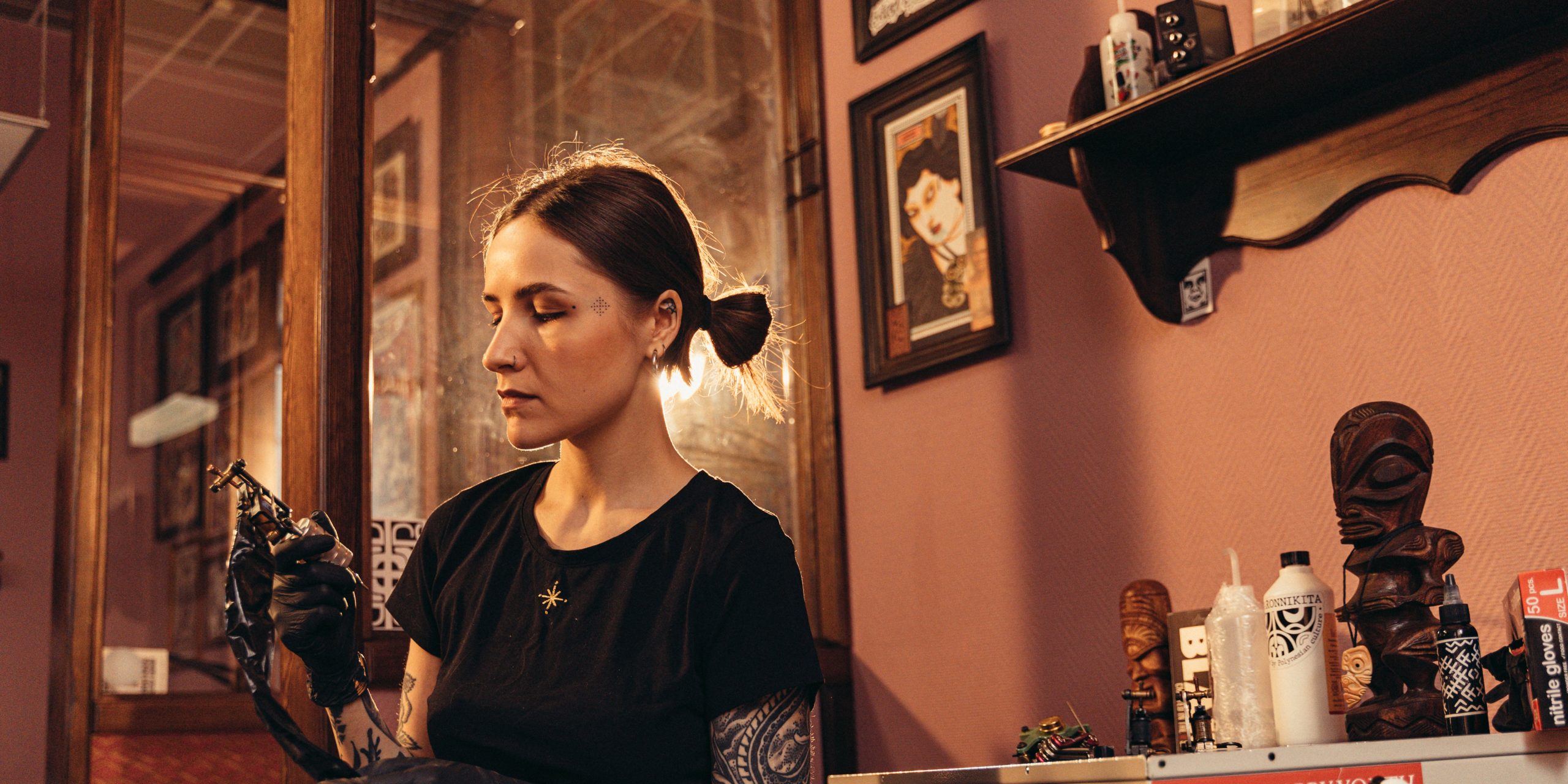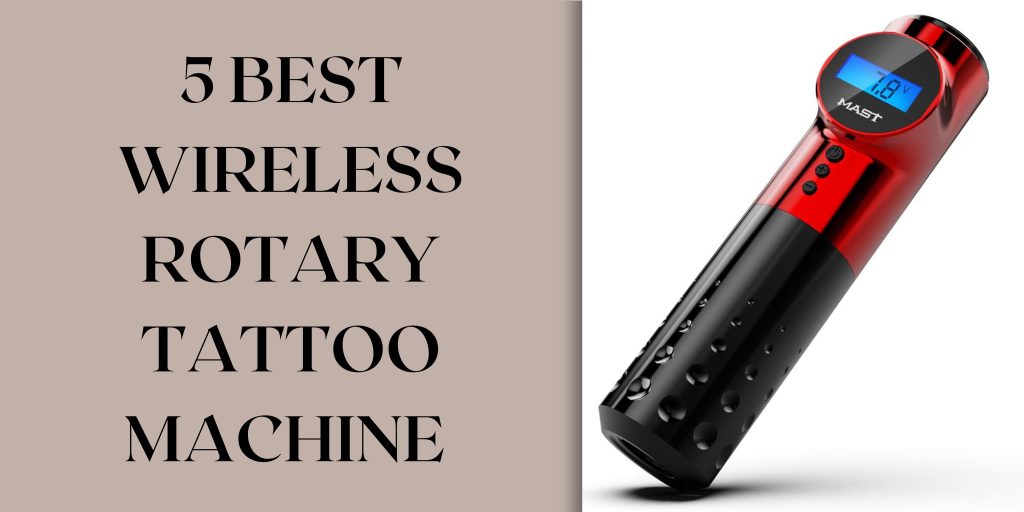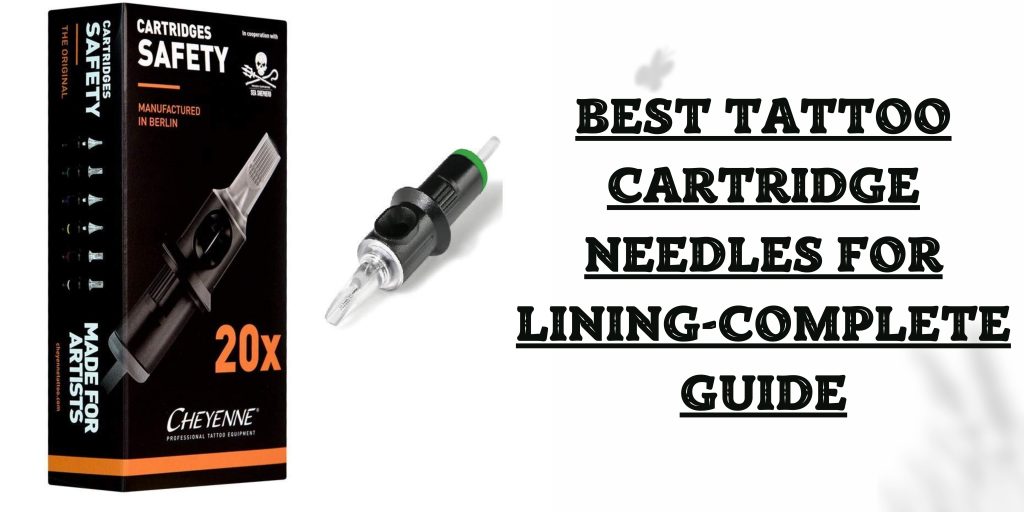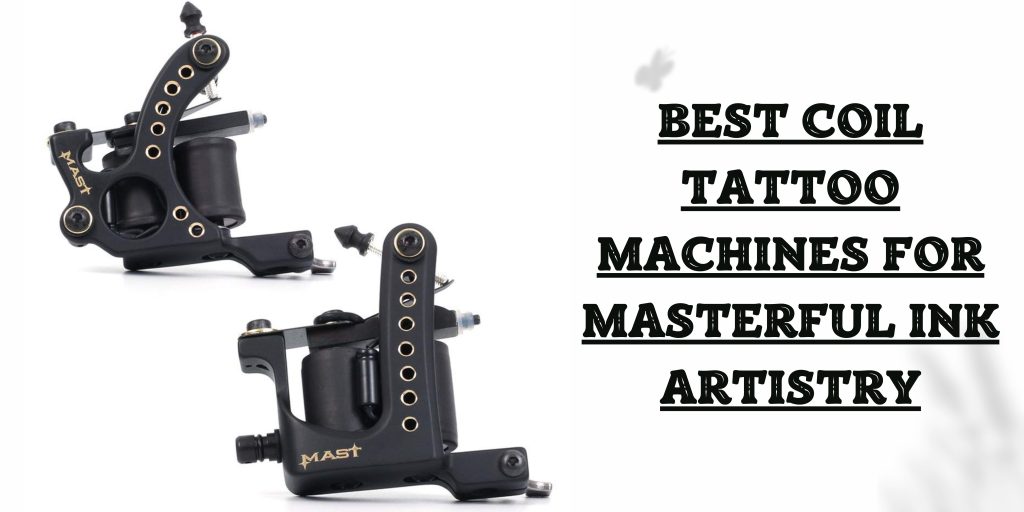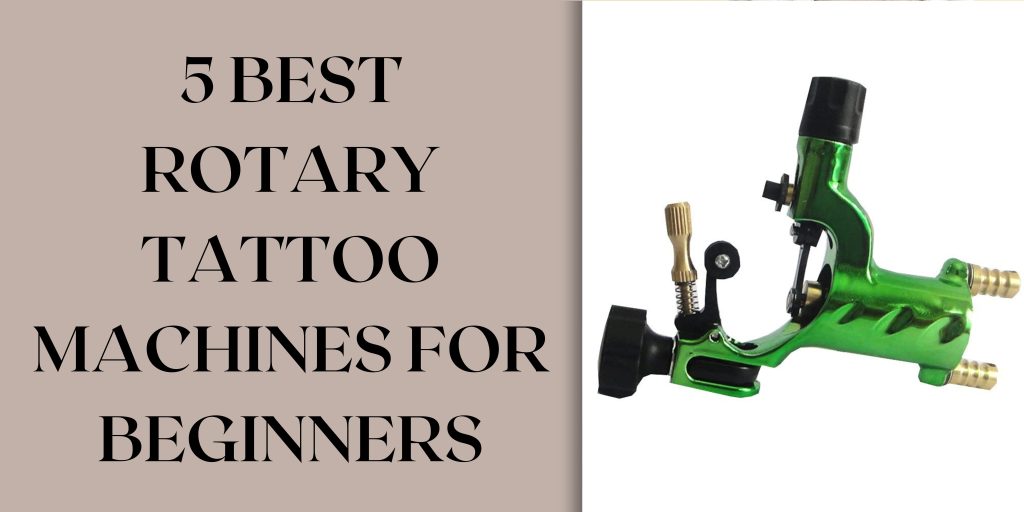Tattoos have become increasingly popular in recent years, with countless individuals embracing them as a form of self-expression and body art. If you’ve ever wondered about the inner workings of a tattoo gun and the role that needles play in the tattooing process, you’ve come to the right place. In this article, we will delve into the fascinating world of tattoo needles, their different configurations, and how they contribute to the creation of beautiful and intricate tattoo designs.
Understanding Tattoo Needles
Tattoo needles come in various types, each designed for specific purposes and tattooing styles. Let’s explore the most common types of tattoo needles and understand their anatomy.
Types of Tattoo Needles
Round liners: Ideal for creating outlines and fine details.
Round shaders: Used for shading and adding depth to the tattoo.
Flat shaders: Suitable for filling in large areas with a solid colour.
Magnum shaders: Provide a combination of shading and filling capabilities.
Curved magnums: Contour the tattoo’s shape and allow for smoother transitions.
Bugpin needles: Offer enhanced precision and are commonly used for intricate details.
Anatomy of a Tattoo Needle
To comprehend the functioning of tattoo needles, it’s important to understand their different components:
Tip: The pointed end of the needle that punctures the skin.
Bar: The long, slender portion of the needle.
Grouping: The arrangement of multiple needles together.
Taper: The gradual thinning of the needle’s bar towards the tip.
The Role of Needles in Tattoo Guns
Tattoo guns, also known as tattoo machines, are intricate devices that utilize needles to deposit ink into the skin. Let’s explore the components of a tattoo gun and how they work together:
Frame: The framework that holds the various components of the tattoo gun.
Coils: Electromagnetic coils that generate the necessary power for the tattoo gun.
Armature bar: Transfers the motion from the coils to the needles.
Contact screw: Regulates the distance between the armature bar and the coils.
Tube and grip: Provide stability and control while holding the needle.
Understanding how the tattoo gun operates in conjunction with the needle configurations is crucial for creating precise and high-quality tattoos.
Factors Influencing the Number of Needles in a Tattoo Gun
The number of needles in a tattoo gun depends on several factors, including:
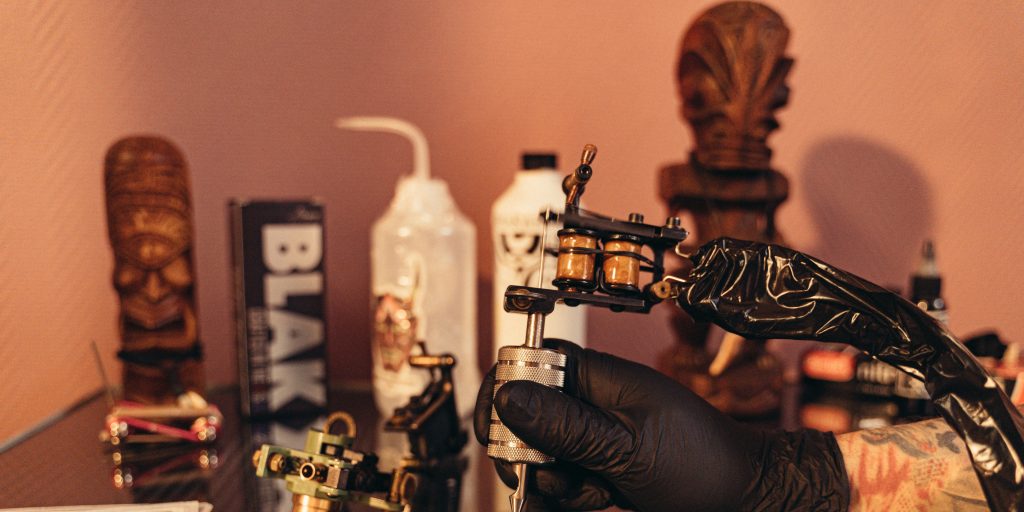
Tattoo artist preferences and techniques: Different artists have their unique styles and preferences when it comes to needle configurations.
Tattoo design complexity: Elaborate designs may require multiple needles to achieve the desired level of detail.
Size and style of the tattoo: The size of the tattoo and the style being executed can influence the number of needles needed.
Client’s skin type and sensitivity: The client’s skin type and sensitivity can determine the needle configurations that are most suitable for their comfort and skin health.
Tattooing speed and efficiency: Artists may choose different needle configurations to optimize their speed and efficiency while maintaining precision.
Determining the Number of Needles in a Tattoo Gun
Standard needle configurations exist for different tattooing purposes. Let’s explore some common needle groupings and their applications:
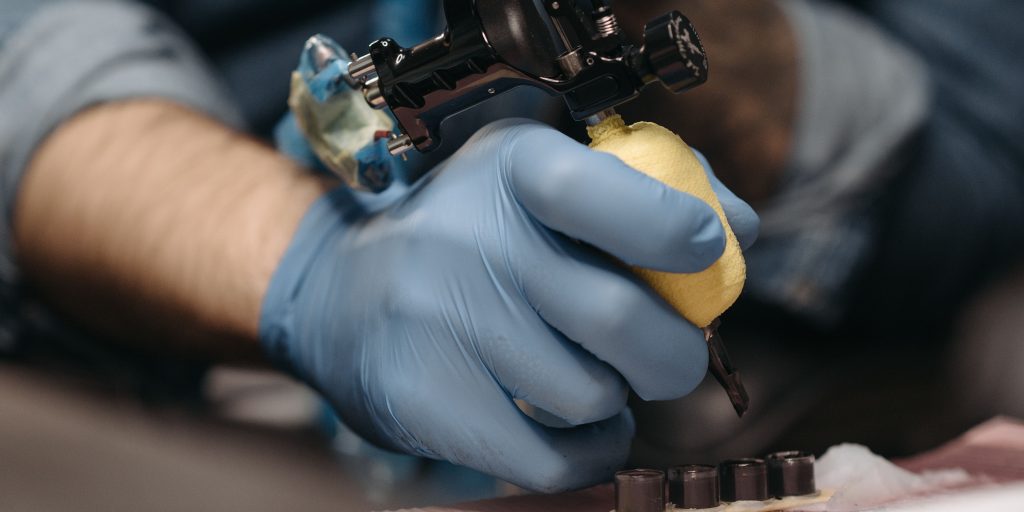
Single needle: Ideal for fine lines, intricate details, and precise outlines.
Double-needle: Provides thicker lines and bolder outlines.
Three needless: Used for shading and filling in small areas.
Five needless: Offers broader coverage for shading and colouring.
Seven needles: Suitable for larger areas and quick shading.
Nine needles: Allows for fast filling and shading of larger regions.
Tattoo artists may also customize needle configurations to cater to specific styles and achieve desired effects.
Conclusion
Tattooing is an intricate art form that relies heavily on the precise and skilful use of needles within tattoo guns. Understanding the different types of tattoo needles, their configurations, and the factors influencing their usage provides valuable insight into the world of tattooing. Whether you’re an aspiring tattoo artist or simply curious about the process, appreciating the artistry and craftsmanship involved in creating tattoos enhances your understanding and appreciation of this unique form of self-expression.

